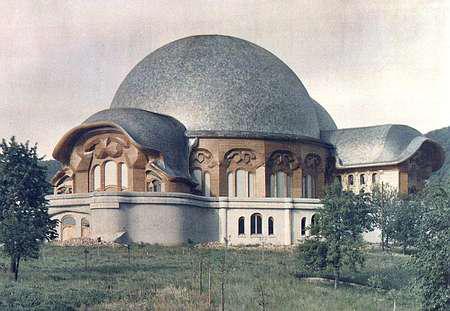John 8 – The Adulterous Woman
For centuries the traditional Church has tried to ban St. John’s story of the adulterous woman from the Bible. In some Bibles it is missing even today. Why?
Without a trace of judgment Christ forgives what a person has done. He does not condemn. Isn’t that a license to commit adultery?
You could compare the people who want to ban this story from the Bible with the Scribes and Pharisees, who could not imagine guilt without penalty.
This is a deeply rooted tendency that is still there in each of us. We may not penalize the mistakes of others with stones, but we proclaim devastating judgments, which lead a life of their own in our media and make the perpetrators into culprits. We think and speak evil about people who, in our eyes, are wrong. We ridicule people who, in our eyes, are stupid. But also in our day the saying is true: “Whoever among you is free of sin let him throw the first stone…”
Adultery – every human being is guilty of it. Someone has given it name: “Cosmic adultery.” That is what philosopher Saint Martin calls our collective separation from the divine world. We are detached from God, and in consequence of this we are detached from everything and everyone around us. God has not abandoned us, but we, each one of us, have turned away from Him. By our cosmic adultery we have lost the spirit.
And only by becoming aware of the loss of the spirit grows our longing for the awakening of the spirit.
And only through Him who, like a lamb, bears the sins of the world, is the abyss bridged that separates us from God.
-Rev. Bastiaan Baan, March 17, 2024

 In the beginning was the word, and the word was with God, and the word was a god. He was in the beginning with God. All things came into being through him, and without him not one thing came into being. What has come into being had its life in him, and the life was the light of human beings. And the light is shining in the darkness, and the darkness has not taken hold of it.
In the beginning was the word, and the word was with God, and the word was a god. He was in the beginning with God. All things came into being through him, and without him not one thing came into being. What has come into being had its life in him, and the life was the light of human beings. And the light is shining in the darkness, and the darkness has not taken hold of it.